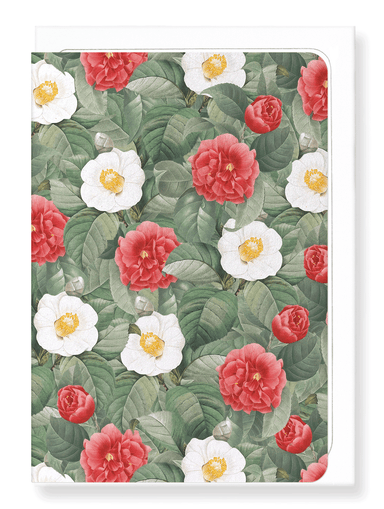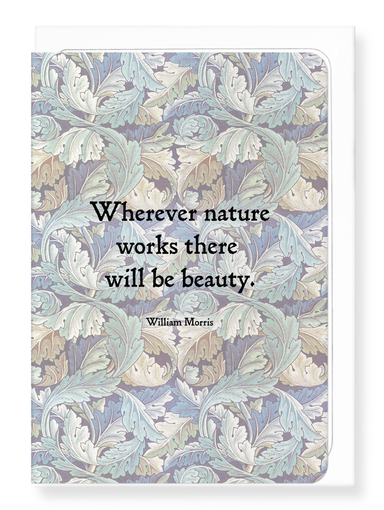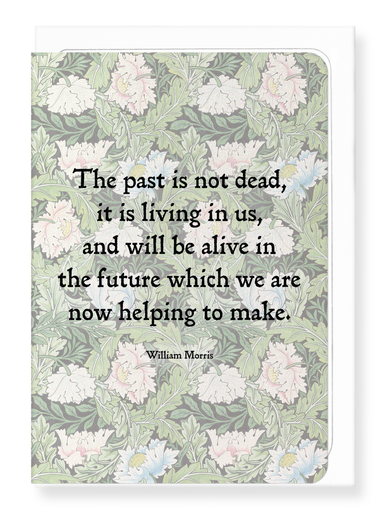Greeting card

CAMELLIA JAPONICA
Text on the reverse side: Japanese camellia, or tsubaki in Japanese, is one of the best known species of the genus Camellia. The flower represents ...
View full details



































